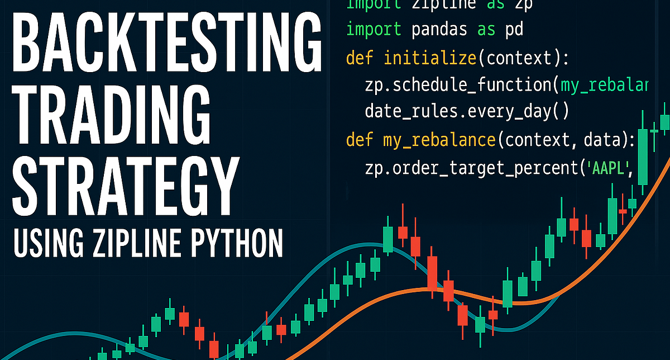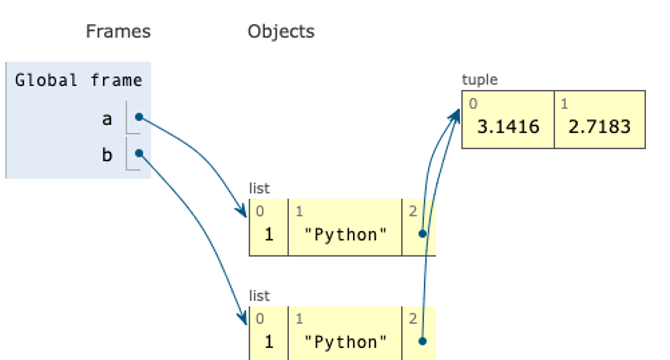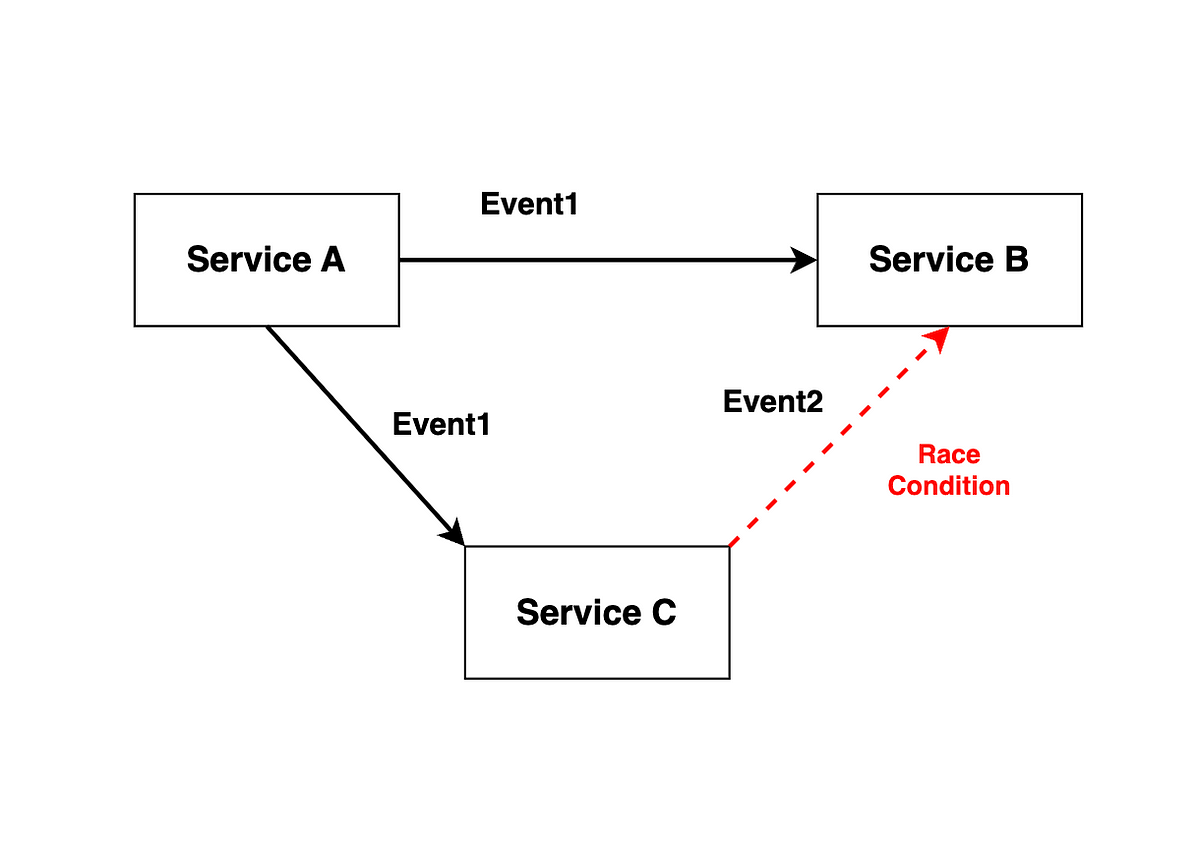Programming News
Medium
341

Image Credit: Medium
How I Built a Complete Trading System as a Data Scientist (With Zero Programming Background)
- A data scientist built a comprehensive trading system, FlashTrade, with AI as a coding partner, without a programming background.
- The system handles market data ingestion, trade execution, and consists of various components like a real-time WebSocket connection, database architectures, and a trading execution engine.
- AI helped in designing a modular system architecture, navigating complex blockchain APIs, identifying trading patterns, predicting errors, and building a knowledge graph for autonomous learning.
- The project showcases how AI can empower individuals to compete with specialist teams in complex domains, compress development cycles, and make technical complexity more manageable.
Read Full Article
20 Likes
Medium
384

Image Credit: Medium
Handling Request Timeouts in Spring Boot with Custom Settings
- Requests in Spring Boot may face timeouts due to varying circumstances.
- Customizing connection, request processing, and external call timeouts is essential for responsiveness.
- Setting appropriate timeouts, handling async tasks, and managing threads optimize performance.
- Balancing timeout configurations with fallback logic and security enhances system reliability.
- Proper timeout settings prevent stalls and ensure efficient handling of requests under load.
Read Full Article
23 Likes
Dev
183

Image Credit: Dev
🚀 hevue-img-preview: A Lightweight & Powerful Vue Image Preview Plugin for Web & Mobile
- hevue-img-preview is a Vue image preview plugin that is versatile and customizable for Vue 2 & Vue 3, supporting both desktop and mobile environments.
- The plugin offers features like single and multiple image preview modes, mobile gesture support, keyboard shortcuts, multi-language support, and CDN usage, among others.
- It includes a customizable control bar, a custom rotation control feature for more precise angle adjustments, and is inspired by iOS 26's Liquid Glass theme.
- The plugin's live demo, documentation, and GitHub repository can be accessed online, and it aims to provide a seamless user experience for image interactions.
Read Full Article
11 Likes
Dev
254

Image Credit: Dev
ScikitLearn Labs: Random Forest Multioutput, Hyperparameter Optimization, Hashing Features, RBMs & ML Pipelines
- Scikit-learn provides a structured path for aspiring data scientists and ML enthusiasts to master Python's versatile machine learning library.
- Key Labs include Random Forest Regression Multioutput, Hyperparameter Optimization (Randomized Search vs Grid Search), Hashing Feature Transformation, RBM Digit Classification, and Scikit-Learn Pipelines Construction.
- These labs cover topics like multi-output regression, hyperparameter optimization, hashing feature transformation, RBM classification, and constructing ML pipelines.
- The hands-on labs aim to demystify complex concepts, offering practical experience to build robust machine learning solutions and transform theoretical understanding into tangible expertise.
Read Full Article
15 Likes
Discover more
- Software News
- Web Design
- Devops News
- Open Source News
- Databases
- Cloud News
- Product Management News
- Operating Systems News
- Agile Methodology News
- Computer Engineering
- Startup News
- Cryptocurrency News
- Technology News
- Blockchain News
- Data Science News
- AR News
- Apple News
- Cyber Security News
- Leadership News
- Gaming News
- Automobiles News
Dev
112

Image Credit: Dev
Deno 2.4 brings back deno bundle, GitHub Copilot Chat is now open source, Minecraft built in 100% CSS, and more
- Deno 2.4 reintroduces deno bundle, enabling single-file JavaScript or TypeScript bundles for server and browser.
- GitHub Copilot Chat extension goes open source in VS Code, offering transparent AI coding.
- Someone built Minecraft using only CSS, pushing the limits of web technologies.
- PNG format receives first major update in 20 years with HDR, APNG, and metadata support.
- Rspack 1.4 for high-speed web bundling, Electron 37.0, ESLint 9.30.1, and Babel 7.28.0 updates.
Read Full Article
6 Likes
Dev
16

Image Credit: Dev
Developer Experience Revolution
- A junior computer science student shares insights on the Hyperlane framework journey.
- Hyperlane offers modern web development with Rust-based architecture, emphasizing performance and safety.
- The framework's design includes robust configuration, context-driven architecture, real-time communication, and middleware support.
- It excels in memory management, optimization, and production considerations, ensuring reliable performance.
- Key takeaways highlight performance, developer experience, production readiness, and ecosystem integration benefits.
Read Full Article
1 Like
Dev
413

Image Credit: Dev
WWDC 2025 - Wi-Fi Aware Framework: Revolutionizing Device-to-Device Communication on iOS
- Apple introduces Wi-Fi Aware framework at WWDC 2025 for iOS and iPadOS applications.
- Wi-Fi Aware enables device-to-device communication without routers or servers, offering unique benefits.
- Real-world applications include media streaming, file transfers, accessory control, and more.
- The framework involves components like services, publishers, subscribers, and supports various device pairing strategies.
- Performance optimization tips, security considerations, and future industry trends are also covered.
Read Full Article
24 Likes
Dev
384

Image Credit: Dev
Memory Safety and Ultimate Performance Finding Perfect Balance in Rust
- As a junior CS student, journey in performance dev transformed understanding.
- Hyperlane framework in Rust offers safety, performance, and modern web features.
- Config system, context-driven architecture, middleware showcase framework's flexibility and power.
- Impressive real-time communication support with WebSocket, SSE, and performance optimization demonstrated.
- Robust error handling, best practices, and troubleshooting key for production-ready applications.
Read Full Article
23 Likes
Medium
212

Building My Dream Linux Setup: A Clean and Minimal Suckless Window Manager with Evergruv
- The author built evergruv-wm, a custom Linux window manager setup using patched versions of dwm, st, and other tools, themed with a fusion of Everforest and Gruvbox.
- evergruv-wm is a curated, modular, and minimal window management stack built on top of suckless tools, offering aesthetic appeal while maintaining performance and resource efficiency.
- Key components of evergruv-wm include dwm, st, dmenu, rofi, picom, slstatus, GTK2 themes, and handpicked wallpapers, all organized in ~/.config/evergruv-wm for easy syncing and versioning.
- The customization areas are well-segmented for tweaking keybindings, layouts, fonts, colors, and UI styles, allowing users to personalize their environment by recompiling the components.
Read Full Article
12 Likes
Dev
204

Image Credit: Dev
Developer Happiness and Toolchain Selection
- A junior student shares insights on developer_experience development and the Hyperlane framework.
- Hyperlane, a Rust-based framework, offers zero-cost abstractions and compile-time guarantees for robust apps.
- Features include memory-safe config systems, context-driven architecture, efficient middleware, real-time communication, and performance optimizations.
- The framework excels in performance, memory management, dynamic routing, error handling, and resilience.
- It provides tools for troubleshooting, resilience, memory leak prevention, and future advancements in web development.
Read Full Article
12 Likes
Dev
217

Image Credit: Dev
C++ Manual Memory Management vs Python Automatic Memory Management: A Performance Comparison
- C++ manual memory management requires allocating and deallocating memory using pointers.
- Manual memory management in C++ provides high performance by optimizing memory usage.
- Python's automatic memory management through garbage collection reduces memory-related bugs and improves productivity.
- C++ offers fine-grained control over memory layout, optimizing cache efficiency and performance.
- However, manual memory management in C++ can lead to memory-related bugs and complexities.
Read Full Article
13 Likes
Dev
250

Image Credit: Dev
Code Review and Team Collaboration Best Practices Methods for Improving Code Quality
- As a junior CS student, I experienced a transformation in understanding modern web framework design.
- Hyperlane framework in Rust offers performance & safety guarantees, eliminating runtime errors.
- Framework's zero-cost abstractions, compile-time guarantees provide ideal environment for web services.
- Features include efficient configuration system, context-driven architecture, real-time capabilities, and optimization.
- Best practices cover error handling, resilience, troubleshooting, memory management, and production considerations.
Read Full Article
15 Likes
Medium
91

Image Credit: Medium
Why and How You Should Backtest your Trading Strategy
- Backtesting trading strategies is crucial to avoid trading on instinct and falling for randomness.
- Confusing mean reversion with buying the dip or shorting the rip can lead to inconsistent returns without structure.
- Mean reversion works effectively when implemented systematically, not based on instincts.
- Using Python and the Zipline backtesting library can help build and test disciplined trading strategies for better results.
Read Full Article
5 Likes
Medium
116

Image Credit: Medium
Python Object Semantics: Variables, References, and Unexpected Mutations
- Python aliases variables to the same object, allowing unexpected mutations and side effects.
- CPython implementation details include object references and memory management insights.
- Mixing mutable and immutable sequences can lead to unexpected behavior in Python code.
Read Full Article
7 Likes
Medium
100

Image Credit: Medium
Race Conditions in Microservice Architecture – My Personal Guide
- Race conditions in microservice architecture can lead to unexpected behaviors due to events or requests not being processed in the expected order.
- Examples include events received out of order and concurrent database updates, which can result in inconsistencies in the system.
- Common approaches to dealing with race conditions include designing for idempotency, implementing locking mechanisms, retrying on out-of-order execution, using FIFO queues, event sourcing, outbox pattern, and atomic counters.
- The author shares personal experiences and solutions to handling race conditions in microservices, highlighting the importance of addressing such issues in distributed systems.
Read Full Article
6 Likes
For uninterrupted reading, download the app